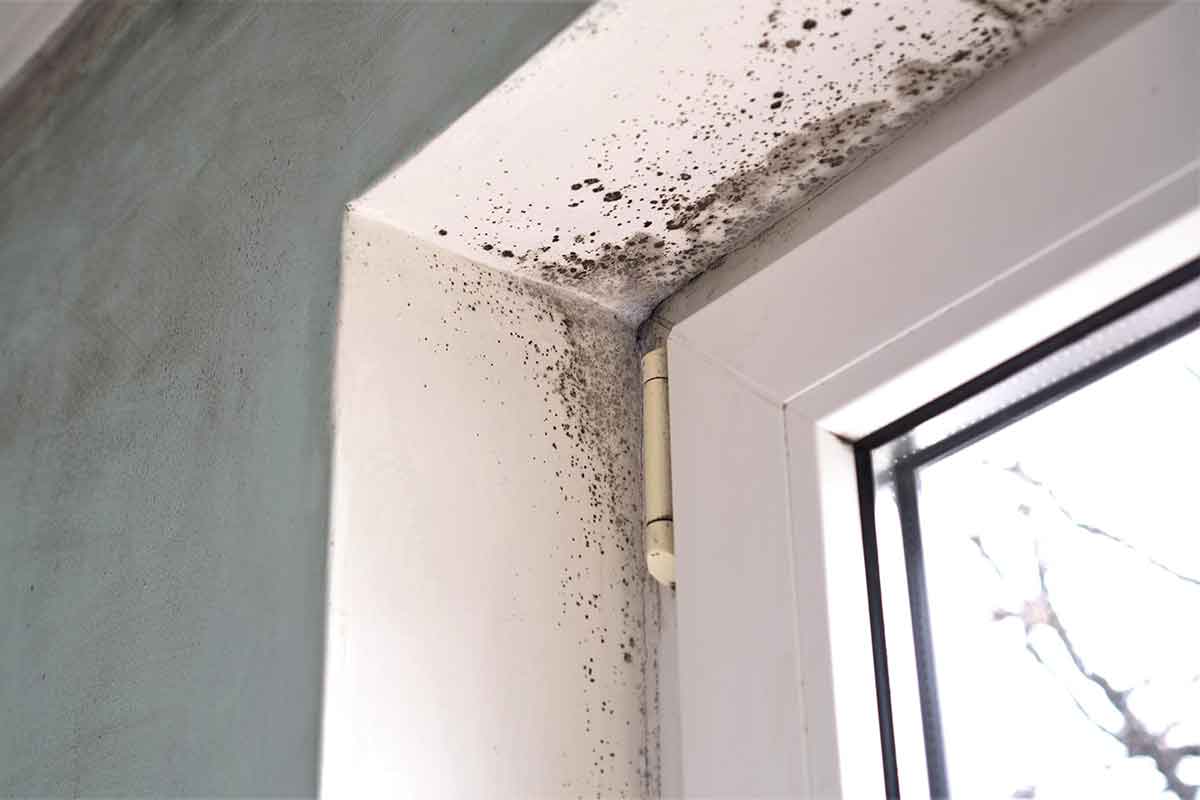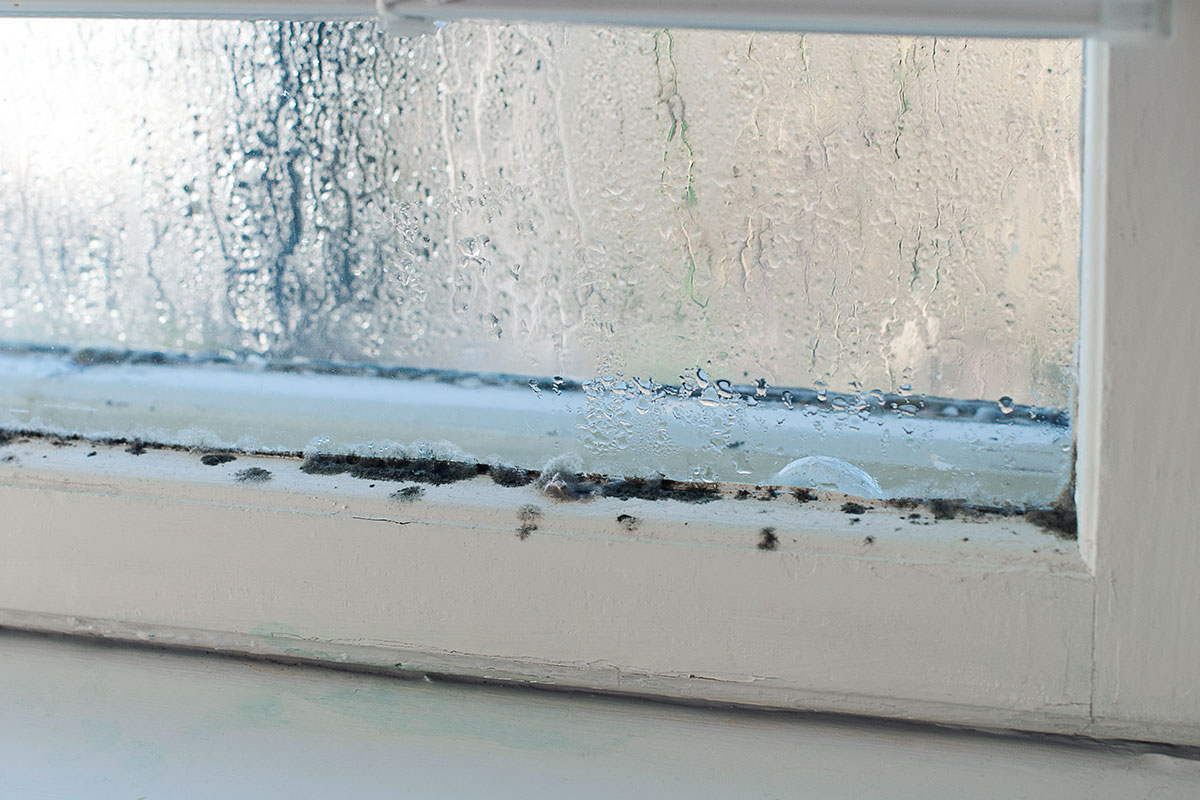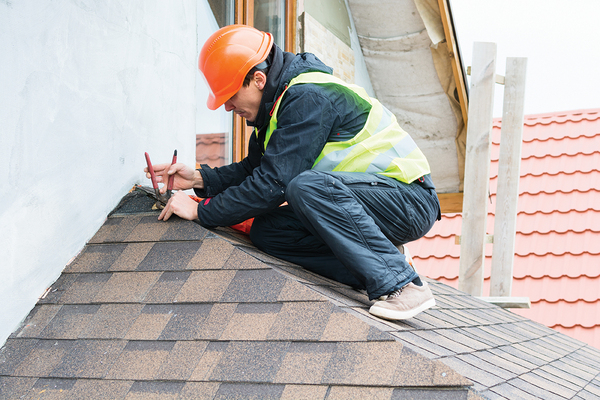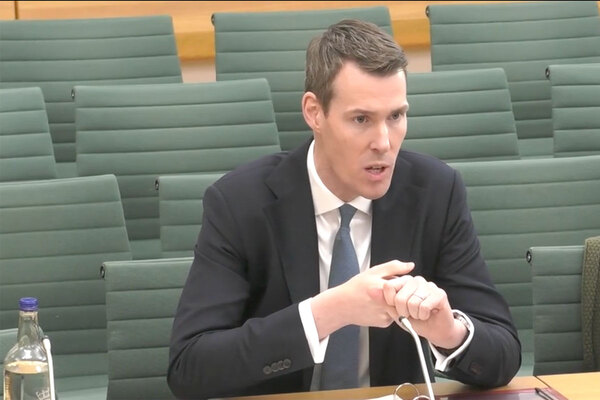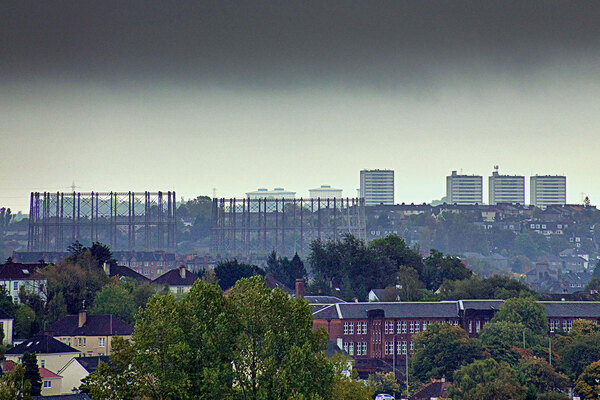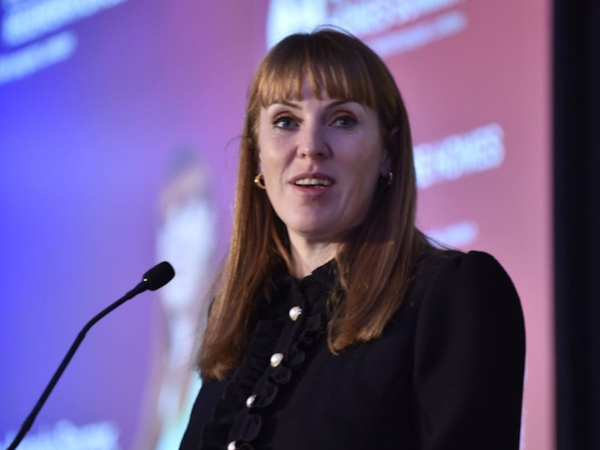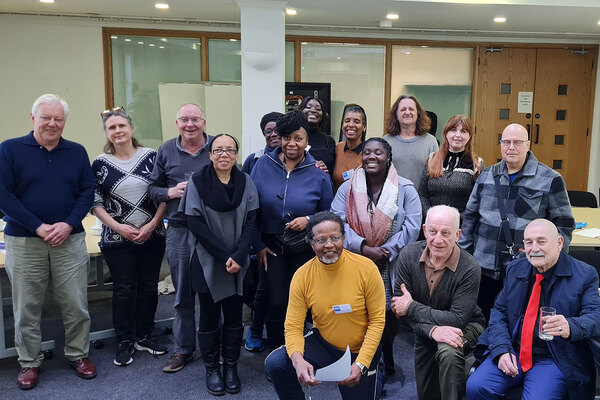
Will Perry is director of strategy at the Regulator of Social Housing
What does the regulator’s recent survey show about damp and mould in social housing?
Too many social landlords are relying on out-of-date information to identify and fix damp and mould problems, says Will Perry
Damp and mould in homes is, sadly, once again in the spotlight. But it is a problem that people have been wrestling with for generations.
The Book of Leviticus, in the Tanakh or Hebrew scriptures, may be 3,500 years old, but has a detailed section on dealing with damp and mould in homes which prescribes a strikingly modern approach: report cases, determine causes, repair and make good, check back later for effectiveness, escalate if necessary.
There is even a single person with end-to-end oversight and accountability for the process.
It notes the human effects too, such as health impacts, damaged possessions and feeling tainted or oppressed.
As it says elsewhere in the Tanakh, there is nothing new under the sun. Is that true of the Regulator of Social Housing’s (RSH) recent survey of providers?
Most of the reporting so far has been on the numbers. These are fairly similar to other assessments, such as the English Housing Survey. We estimate that a small minority of social homes – perhaps 5% to 6% – have notable damp problems. Only a very small minority have the most serious hazards, and this is better than the position in the private sector.
But that still means tens of thousands of households are living with damp and mould in homes that social landlords are responsible for, with all that this entails. There is no room for complacency, and landlords need to act to address damp and mould in tenants’ homes.
Further, we had to do some work to get to our estimates.
Too many providers were unable to provide an assessment of how many hazards they had in their homes, or what was submitted was clearly based on poor, incomplete or very old information.
“We noted providers investing in specialist quick-response teams, rolling out humidity and temperature sensors, and experimenting with new technologies such as predictive AI and risk algorithms”
Reporting no hazards based on a 10-year-old stock condition survey and an absence of outstanding repair tickets is less reassuring than a high number identified through a comprehensive surveying programme with data refreshed after each repair visit to a home and a clear plan to address them.
Damp and mould – along with other hazards like structural issues, fire and electrical safety – are not static, and providers must keep up to date on their assurance that homes are safe. This kind of dynamic understanding of stock condition and risk at the individual home level is increasingly essential.
Not only does it underpin ensuring that individual tenants’ homes are free of hazards and in an acceptable condition, it can also contribute to preventative work (if this home is developing damp or cold spots, what about others of a similar age and design?) and is vital for informing investment decisions in areas such as energy efficiency and decarbonisation.
As we revise the standards and develop our approach to inspections, we will expect providers to demonstrate this kind of understanding and developing knowledge.
Most providers, however, did provide responses that showed they are taking damp and mould seriously, have processes in place to identify and respond to cases, and are looking to improve.
Many reported developing and implementing (or planning to implement) specific damp and mould strategies over the past year, or increasing their knowledge as part of wider work on understanding the performance of homes along with energy efficiency and safety initiatives.
This particularly demonstrates the sector responding to the Housing Ombudsman’s report. We noted providers investing in specialist quick-response teams, rolling out humidity and temperature sensors, and experimenting with new technologies such as predictive AI and risk algorithms.
All of these are encouraging developments which could point towards a more sophisticated, data-driven approach that seeks to predict and prevent rather than react.
“The Tanakh is right: damp and mould is not a new thing, and in many cases it can be dealt with through well-established methods that produce the right results for tenants”
While technology has much to offer, the best responses to our survey described doing the basics well for tenants, such as setting and sticking to response times, identifying the root causes as well as treating symptoms, escalating more serious cases, keeping tenants informed about progress, checking for damp and mould during other visits to a home, following up and gathering feedback.
It was reassuring to see responses that described how landlords considered the circumstances of individual tenants and adjusted their approaches to take needs and vulnerabilities into account.
There was a minority of responses that focused on treating symptoms in individual cases and did not present a clear picture of how damp and mould was being managed across the provider. In these cases, we will engage further and may take regulatory action as appropriate.
So what have we learned from our survey? I would suggest three things. First, the Tanakh is right: damp and mould is not a new thing, and in many cases it can be dealt with through well-established methods that produce the right results for tenants.
Second, most providers have some homes with damp and mould. What differentiates them is how they respond.
Third, detailed knowledge and understanding is essential. This is not only for damp. Many providers are discovering where they have gaps and thinking about how to fill them.
Through our developing regulation, we will seek assurance about all three of these areas – the understanding, process and response.
Will Perry, director of strategy, Regulator of Social Housing
Sign up for our asset management newsletter
Already have an account? Click here to manage your newsletters

